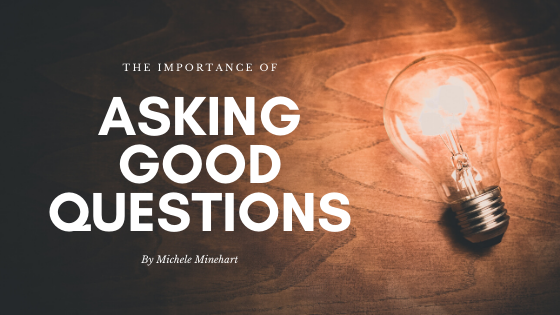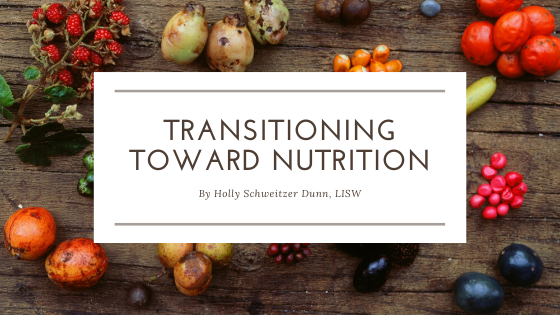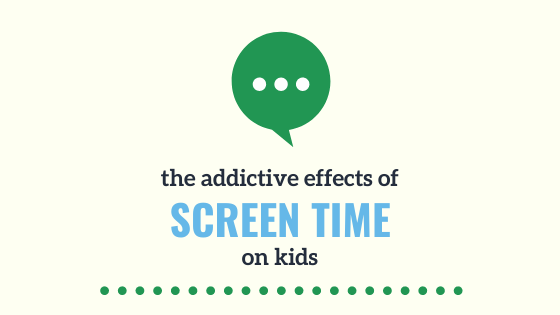
Screen addiction and kids

Mind Body Health Associates practices mental health and treatment with a strong awareness of the role of trauma, specifically how the developing body and brain absorb experiences that develop into patterns for surviving. These patterns may or may not later serve us positively in our daily living. For example, addiction behaviors can be “helpful” in numbing pain and avoiding the full impact of painful life experiences; however, addiction also disconnects us from loved ones, damages our bodies and relationships, and leads to drain on family and community. With one eye on this philosophy, we ask, What is the long term effect of screen exposure for kids? How will their bodies and brains adapt to these experiences and later in life seek them out in different ways?
As with any addiction, it’s not simply the presence of a problem behavior, but the replacement of positive life experiences with addictive behaviors that becomes the concern. The more kids limit real life relationships and maximize screen-centric relationships, the less developed their social skills become. Eye contact, reading body language, and directly seeing the impact of your words on others are essential parts of communication and relational development that are impacted by screen usage. The more time kids spend in sedentary situations with technology, the less time they will engage with movement and nature, two keys to overall mental wellbeing that can help kids as they grow.

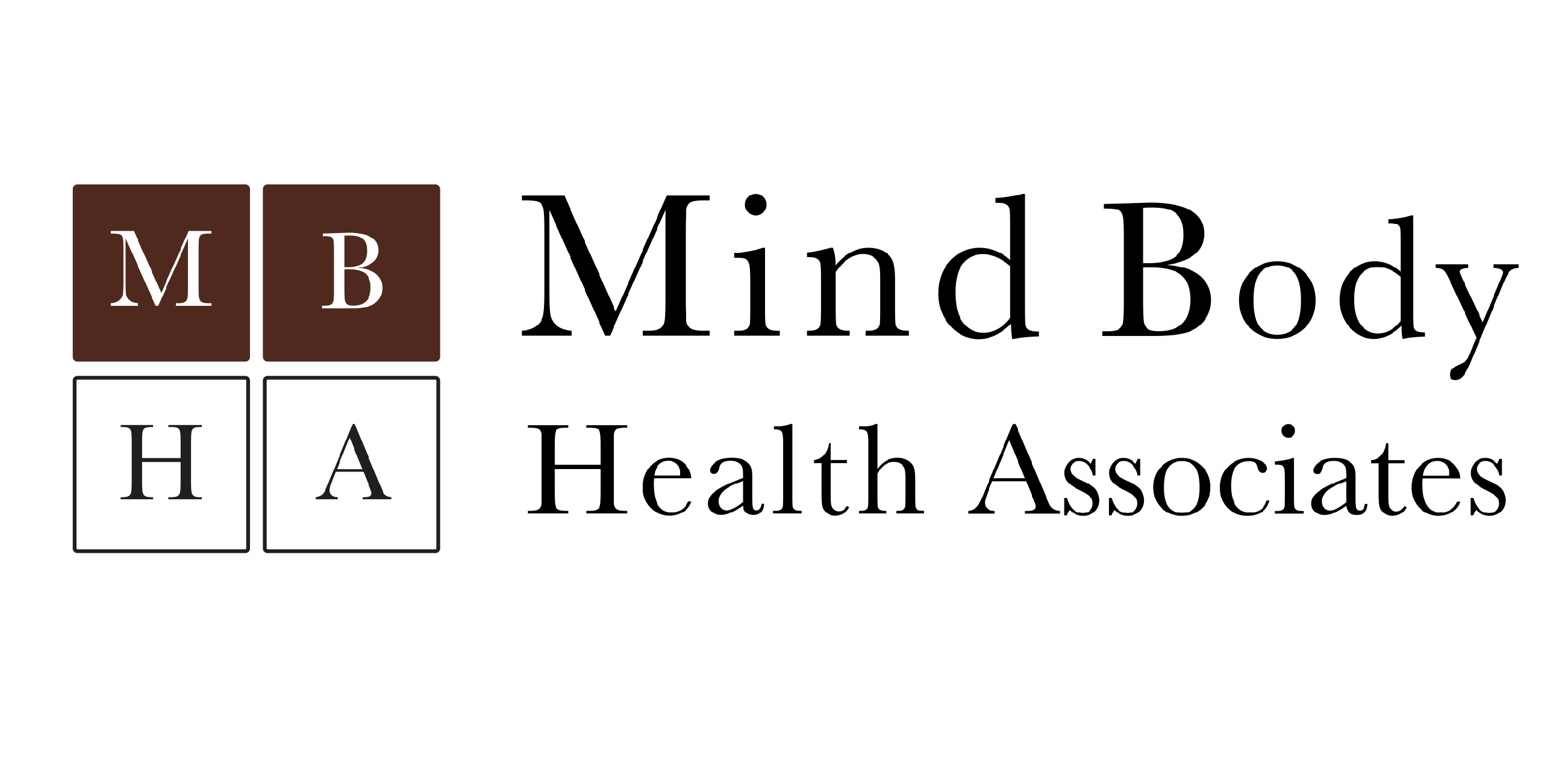
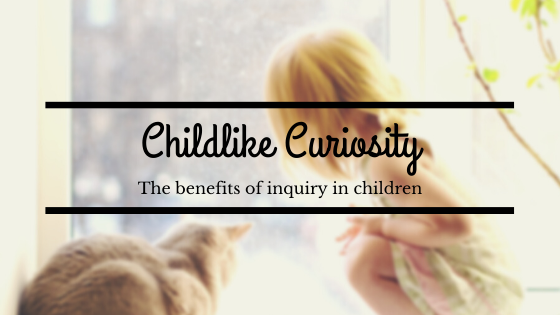
 First, the brain enjoys curiosity, which creates a natural positive feedback loop to learning. With curiosity leading the way, the hippocampus lights up, paving the way toward a pleasure-reward circuit, attaching a hit of “feel good” dopamine.
First, the brain enjoys curiosity, which creates a natural positive feedback loop to learning. With curiosity leading the way, the hippocampus lights up, paving the way toward a pleasure-reward circuit, attaching a hit of “feel good” dopamine. 